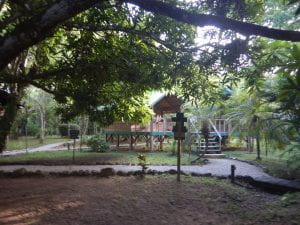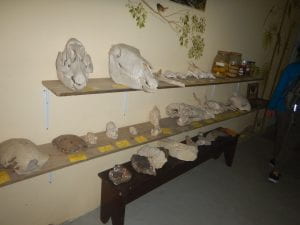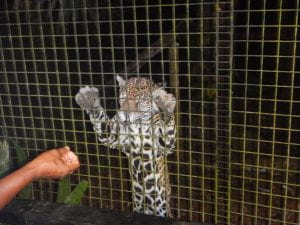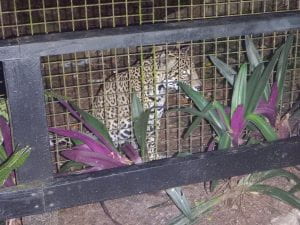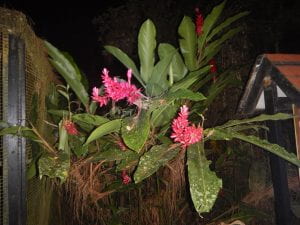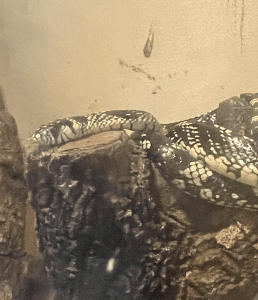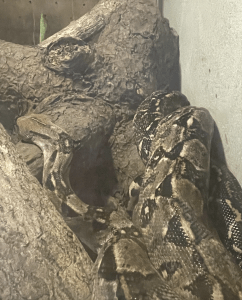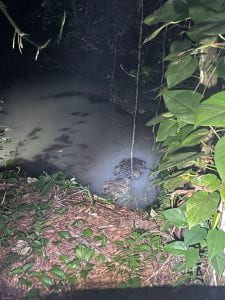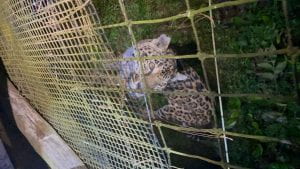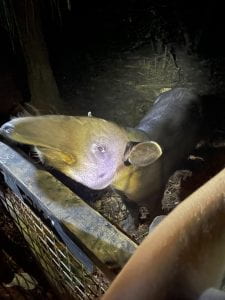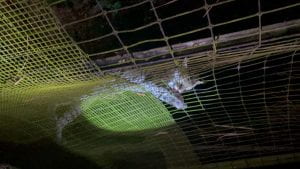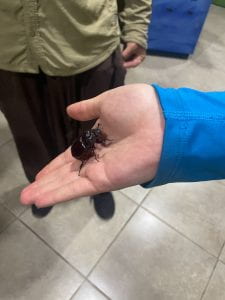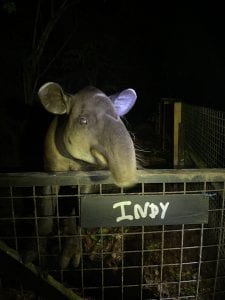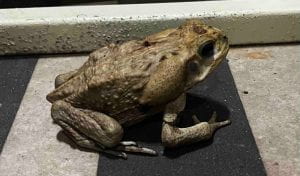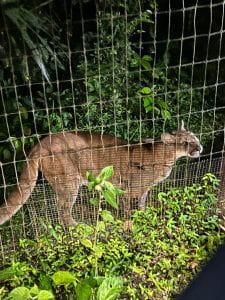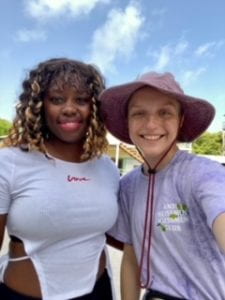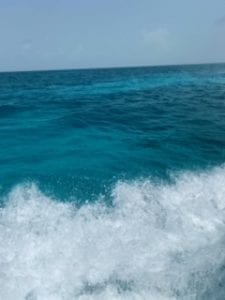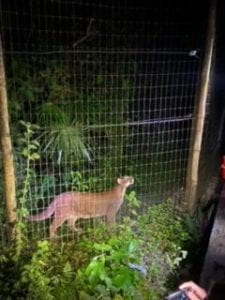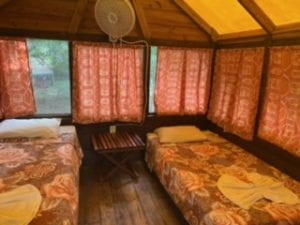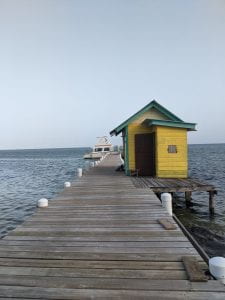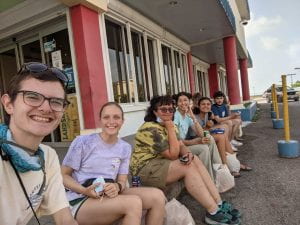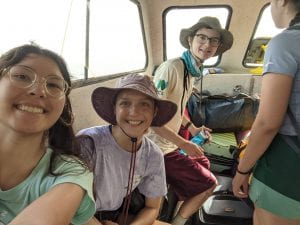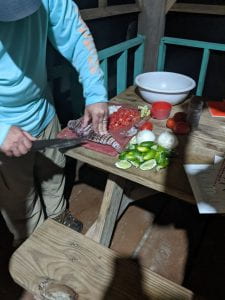Today was a long day of travels that began with a four hour boat ride that I thankfully slept through the majority of, with no seasickness! After having a leisurely lunch at a restaurant on the dock and making a much needed pit stop for more bug spray, we took a van to the Tropical Education Center just about an hour outside of Belize City. This place is so amazing I almost wish we could stay more than one night here! Watching the landscape change from coastal areas, to savannah, and now seeing the beginnings of a rainforest environment is so exciting and the TEC is such an enticing preview of what’s to come!
While here, we got to hear a wonderful guest lecture from Dr. Boris Arevalo, one of the experts on the ecology and conservation of the scarlet macaw, which is an endangered species here in Belize. He told us about his doctoral research into the nesting behavior and habitat selection of this species and his experiences as a biologist doing conservation work.
The highlight of today was undoubtedly our guided night tour of the Belize Zoo, just a 2 minute drive down the road! The zoo itself was so different than what you might typically expect from a zoo experience in the states, with plenty of rainforest wildlife existing inside and outside the cages, forming a more cohesive picture of these animals in their habitat. We saw so many cool nocturnal animals including Belize’s national animal, the tapir which has a very weirdly flexible snout. But my favorite animals we saw were the cats they had there! We got to see jaguars that knew how to roll over for treats, a grumbly ocelot, a puma, and some margays (one of the smallest wild cats!). I wish we could stay longer, but I am so excited to get to Las Cuevas tomorrow!

